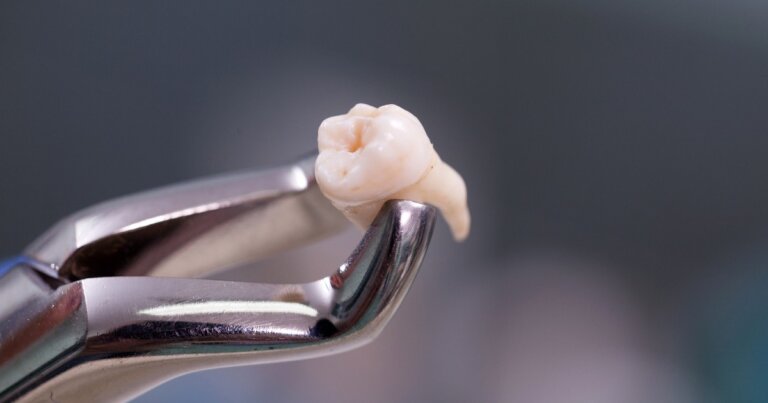Wisdom Tooth Removal Post-Operative Instructions

What You Should Do After Your Wisdom Tooth Extraction Surgery
Wisdom tooth extraction is a surgical procedure to remove one or more wisdom teeth — the four permanent adult teeth located at the back corners of your mouth on the top and bottom. It is important to follow these instructions to ensure an uneventful healing period.
Managing Bleeding
- Initial Gauze Use: Bite down on gauze for 30 minutes to stop bleeding and encourage clot formation. Replace with fresh, dampened gauze if bleeding persists.
- Normal Bleeding: Slight bleeding and pink saliva are normal for the first 1-2 days. Swallow saliva as needed—it won’t harm you.
- Excessive Bleeding: If bleeding continues heavily after a few days, call your dentist or visit an emergency room.
Numbness
- Any numbness you’re experiencing from the local anesthetic will last approximately two to three hours. Until the anesthetic wears off, be careful not to drink hot liquids or bite your lip, cheek or tongue.
Sutures
- Dissolvable Sutures: These will naturally fall out within 1-2 weeks.
- Non-Dissolvable Sutures: You’ll need to return to have them removed.
Protect the Healing Area
- Avoid spitting, drinking through straws, or vigorous rinsing for at least 48 hours to prevent dislodging the blood clot.
- Dry socket, a painful condition where the blood clot is lost, can prolong healing. Let liquids drool out of your mouth instead of spitting.
Pain and Swelling Management
- Pain Relief: Use over-the-counter pain relievers like ibuprofen (Advil) or acetaminophen (Tylenol) as recommended by your dentist. Combining 1000mg acetaminophen with 600mg ibuprofen every 4-6 hours is highly effective.
- Swelling: Apply a cold pack or ice bag wrapped in a towel to the cheek in 10-minute intervals for the first 48 hours.
- Jaw Stiffness: Temporary difficulty opening your jaw may occur. Learn more about managing jaw stiffness in this guide.
Oral Hygiene
- First 24 Hours: Avoid brushing, flossing, or rinsing.
- After 24 Hours: Rinse the area with warm salt water once daily using the syringe provided by your dentist. You can brush other teeth, but skip toothpaste initially.
- After 48 Hours: Reintroduce toothpaste gradually to avoid irritating the healing area.
Dietary Recommendations
- Stick to a soft diet: scrambled eggs, mashed potatoes, yogurt, smoothies, porridge, etc.
- Avoid extreme temperatures, spicy or acidic foods, and small particles like nuts or seeds that may get trapped in the socket.
- Drink plenty of water to stay hydrated but avoid alcohol and tobacco products for at least 2 weeks, as they delay healing and increase infection risk.
Activity Level
- Limit vigorous exercise for a few days, as it may cause bleeding or discomfort in the extraction area. Gradually resume normal activity as you feel better.
Medications
- If you have normal physician-prescribed medications, continue taking them unless otherwise told by your family doctor or dentist.
- Take prescribed antibiotics as directed until the course is complete. Contact your dentist immediately if symptoms worsen, or you experience difficulty swallowing or breathing.
Have Questions?
If you have additional concerns or need guidance during your recovery, don’t hesitate to contact us at Atlas Dental. Our team is here to support you every step of the way!

